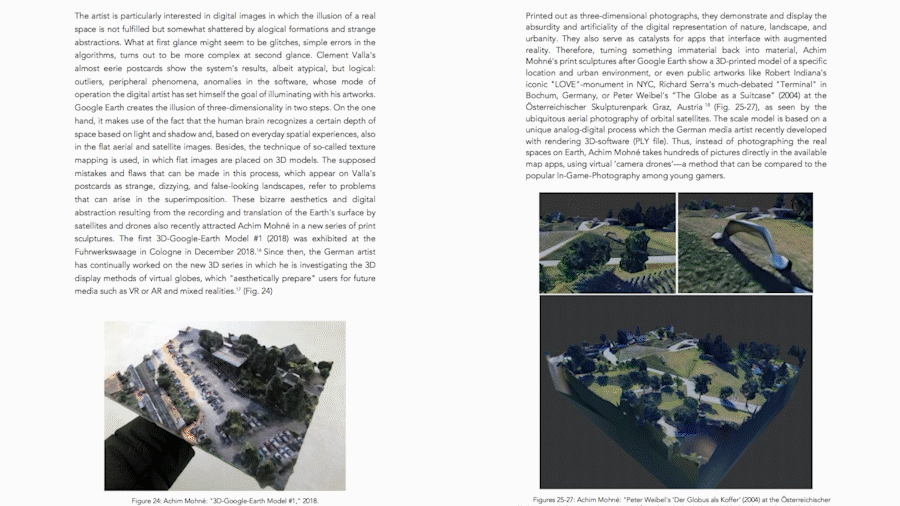Prof. Dr. Pamela C. Scorzin in Art Style | Art & Culture International Magazine
From Terrestrial to Orbital Perspectives — with a particular focus on German artist Achim Mohné
The shift of perspectives, from local via global to orbital, and back down to Earth again, is fundamental to the concept of the Anthropocene. It is a recently proposed geological epoch dating from the commencement of significant human impact on Earth's geology and ecosystems, including anthropogenic climate change. Contemporary art reacts to these epochal shifts in a variety of ways. It is not only about creating new spectacular views and scenery but rather, in many ways, about basic changes of perception and experience that lead to a new critical awareness and heightened environmental consciousness. Artists like Trevor Paglen and Achim Mohné, among others, are interested in exploring and discussing the increasing importance of comprehensive surveillance systems and data mining by satellite technology and drones nowadays. Sometimes, they appropriate, or they try to hack these new scopic regimes with their artistic rhetorics and aesthetics. For instance, they are smuggling their poetic artworks into the networked systems, or are scrutinizing its unique digital image culture, which sometimes produces strange imagery like, for example, the glitch and digital abstraction. In the end, this contemporary digital art also asks what becomes visible and what remains invisible in a cyber-control age that highly commercializes the use of satellites and camera drones as well as live-observation of the planet. More over, in the age of digitalization, picture-taking is everywhere getting more and more automatized, and more and more images are produced as well as generated and processed with the help of orbital satellite cameras with intelligent, deep-learning algorithms nowadays. These are the post-human eyes onto Earth.
